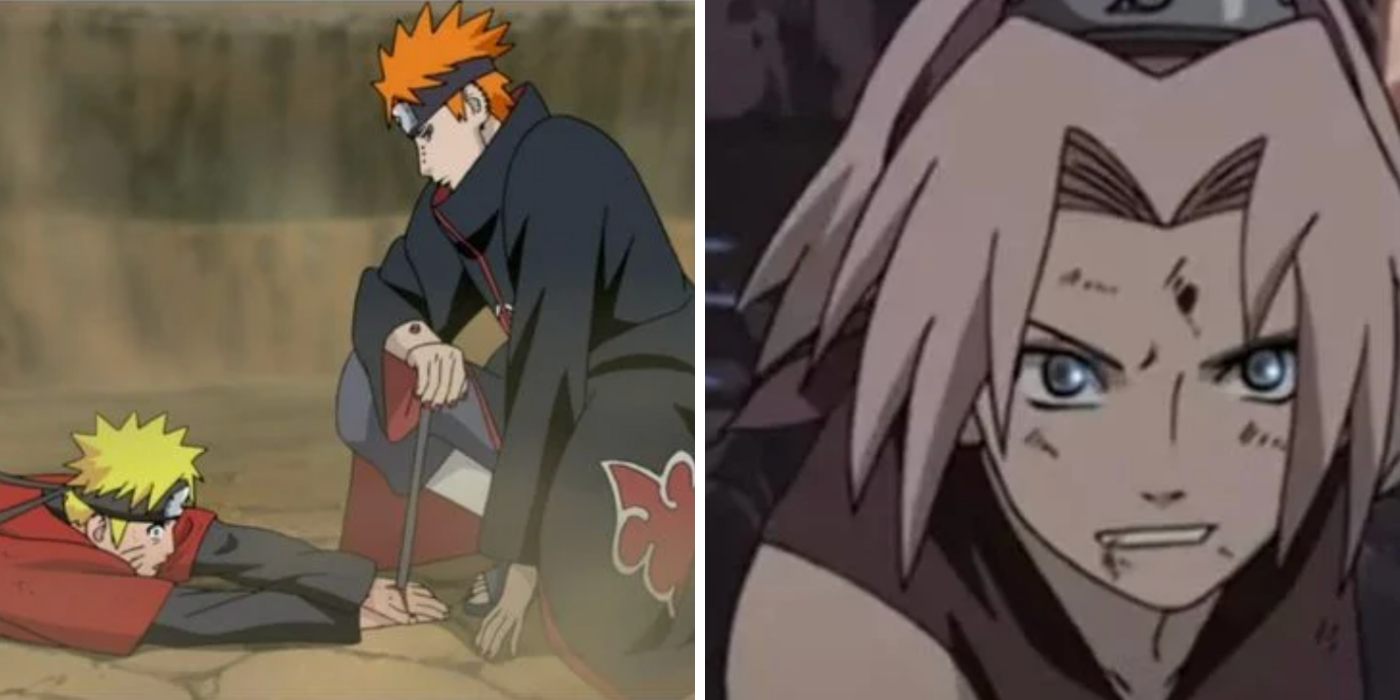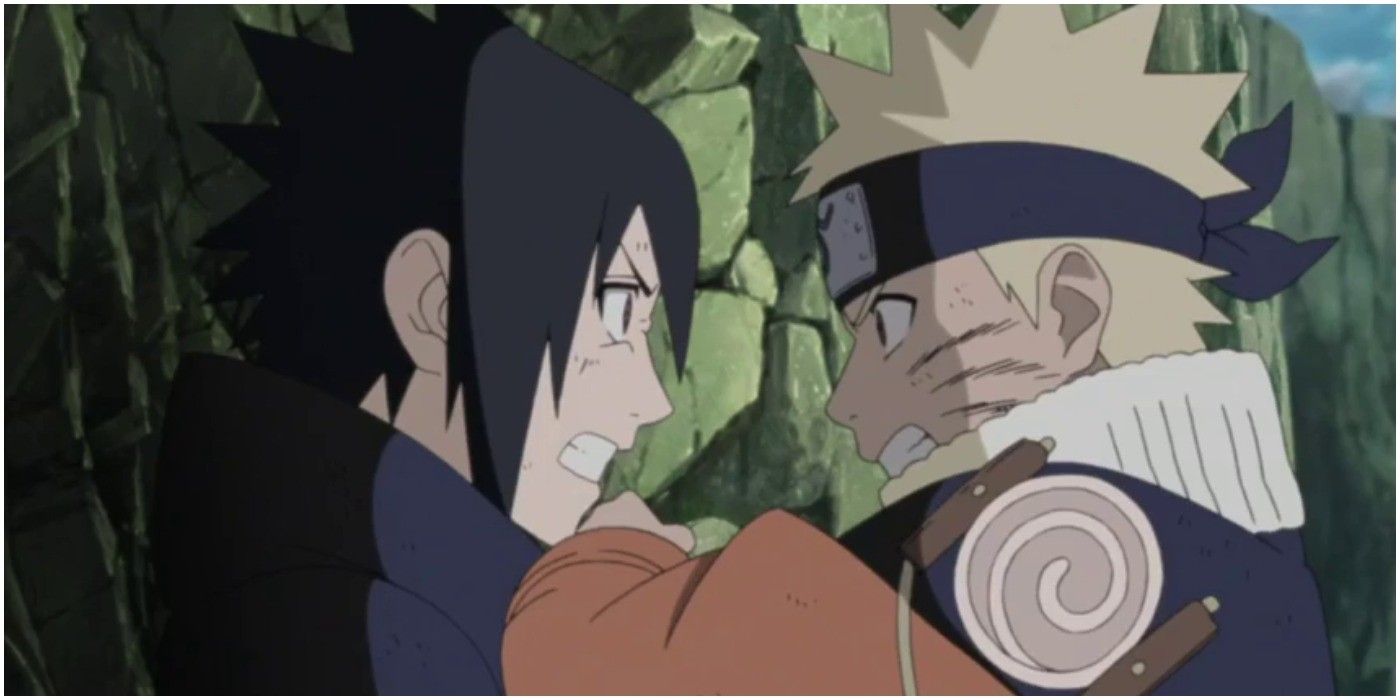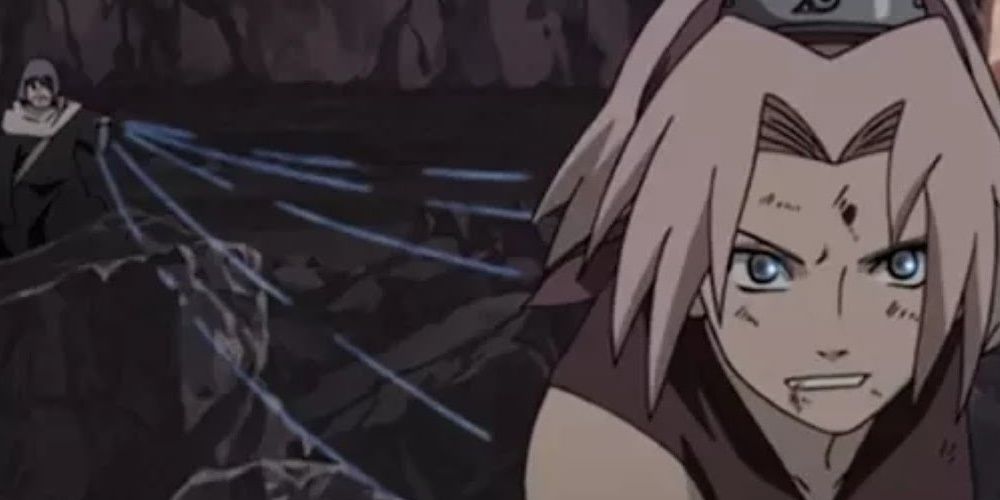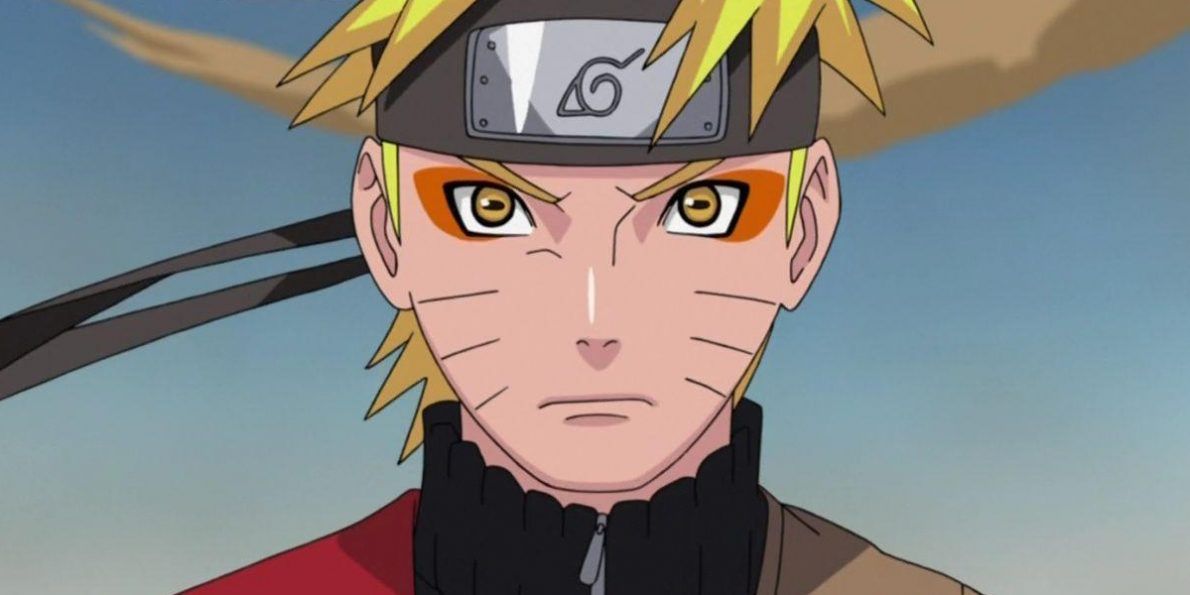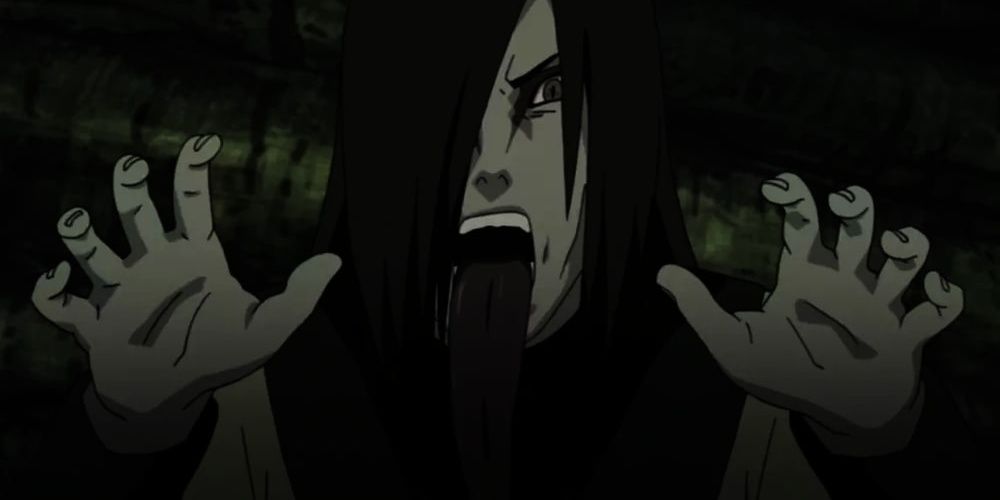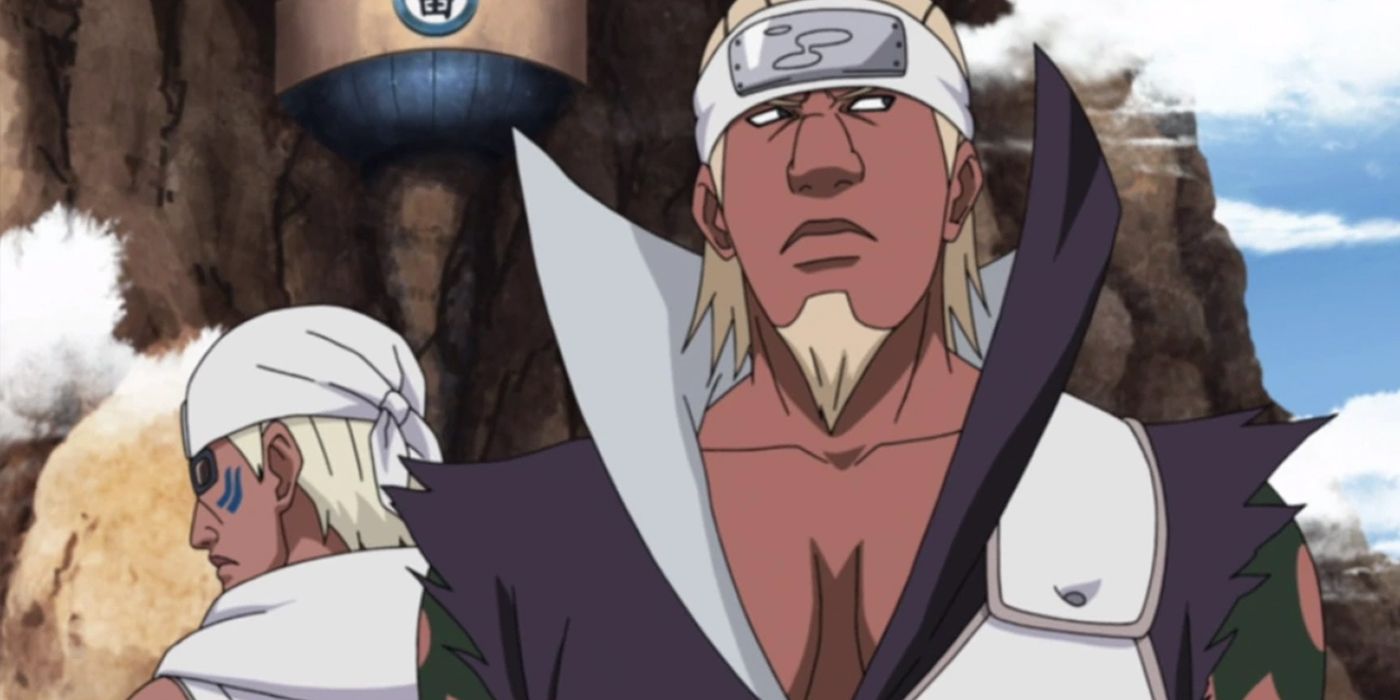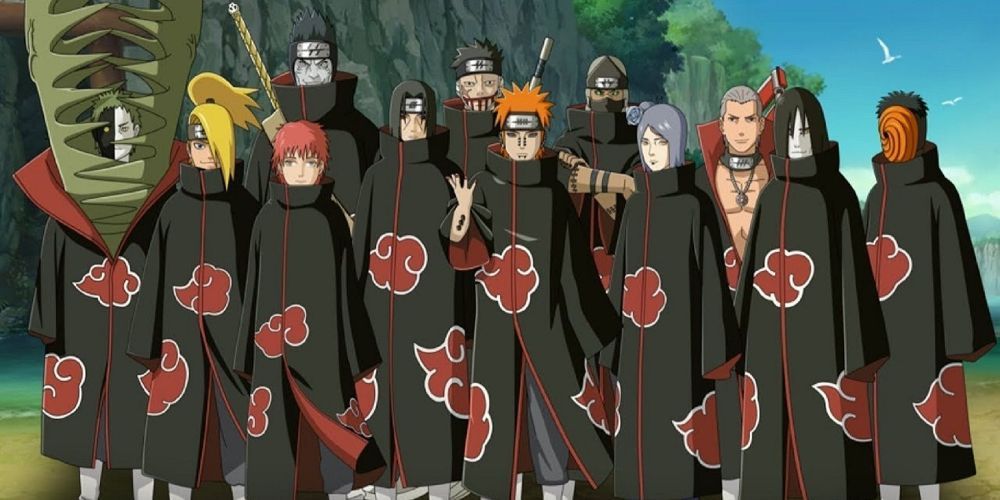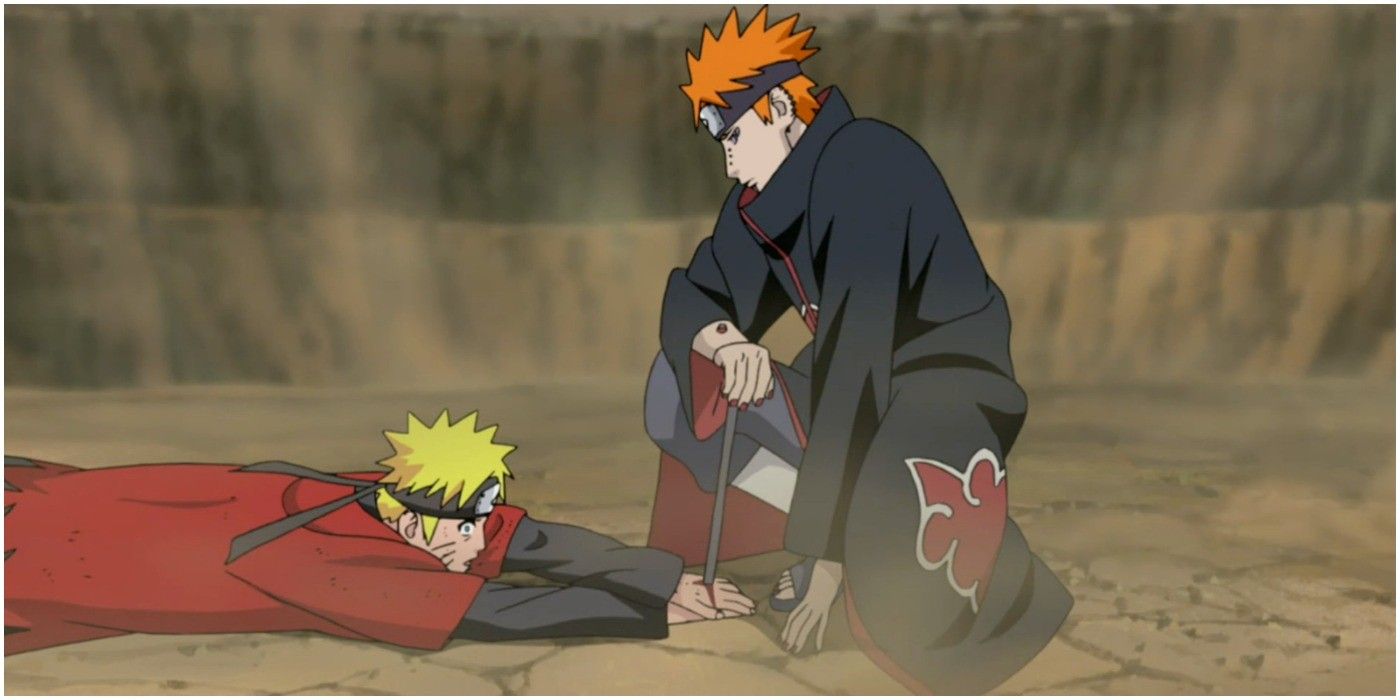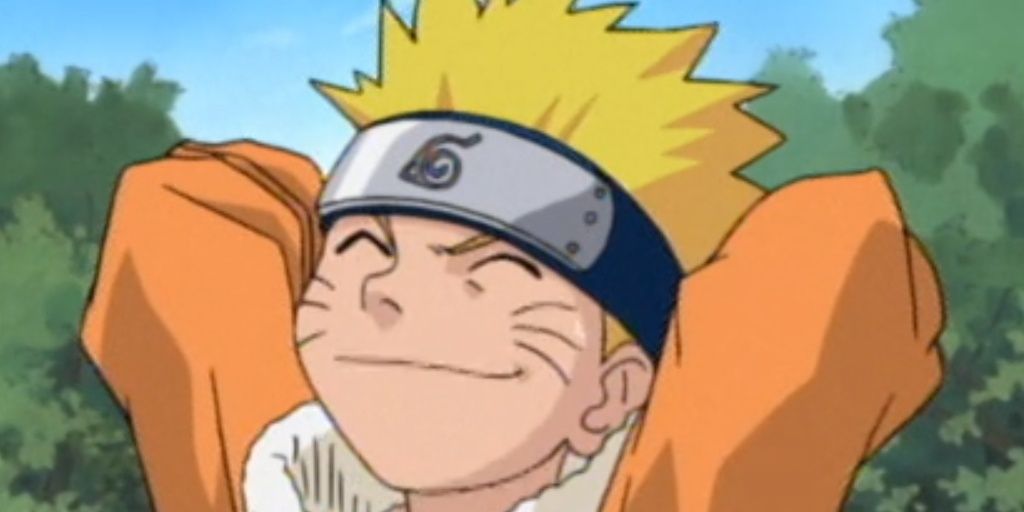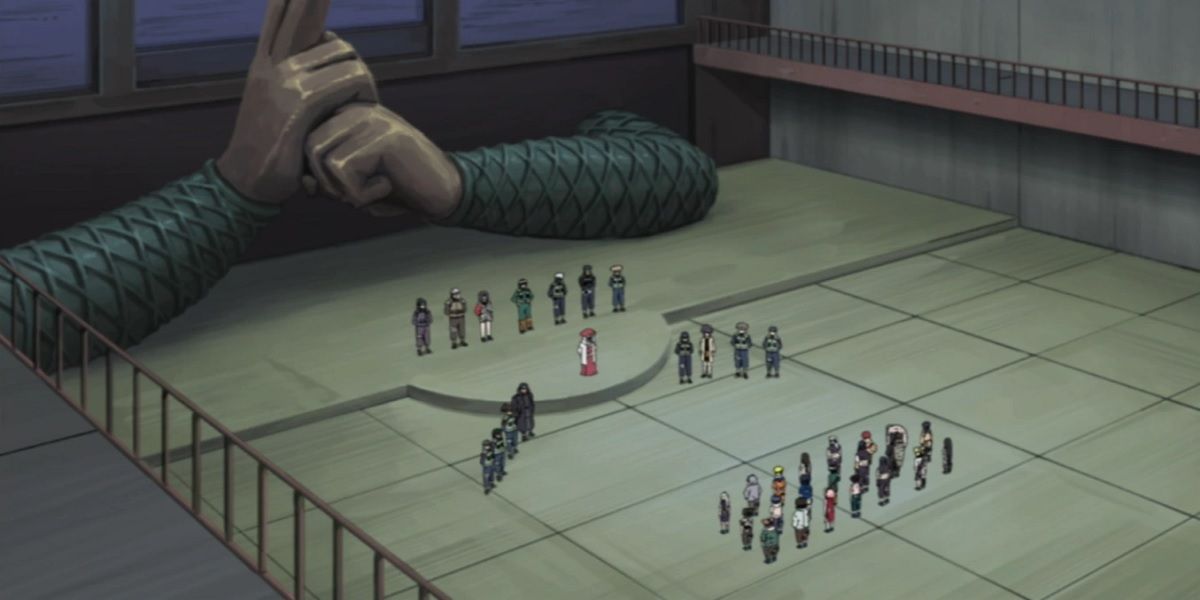Being among the big three, Naruto is a highly influential anime. One that helped introduce people to anime in much the same way that Dragon Ball Z did in the '90s. What made it so special is the fact that it got away from some of the tired tropes that had been run into the ground over the years.
There wasn't the generic mustache-twirling villain, and the supporting cast was able to actually do things other than standing around or get beat up by the arc's main villain. Newer shonen has picked up on that, using Naruto as an influence on their own work.
10 it helped show that main characters could have deeper motivations than just saving the world
Before Naruto, the archetype for a hero tended to be simple. They were there to protect their friends or the world and defeat the bad guys in any way possible. It's one that's made popular by Goku in Dragon Ball Z, and considering how popular the show was, it's hard to blame creators for fashioning their heroes the same way.
Naruto helped show that main characters could have deeper motivations than just saving the world, that they could be more rounded characters.
9 Main Characters Didn't Need To Win Every Climatic Fight
A common cliché in shonen is that the main characters or at least one of the primary/secondary characters have to get the kill on whoever the main arc villain is. Dragon Ball notoriously has Goku wrap up most of the fights, something that's aggravating to fans of characters like Vegeta, let alone those of someone like Piccolo.
Naruto never went down that road, Naruto and Sasuke were the powerhouses, but plenty of villains were taken down by others, even during the War Arc, where those two's power levels were massive.
8 A Greater Character Growth where Everything was an uphill struggle for Naruto, which made his climb to the top feel so good for fans
One of the best parts of Naruto is the character growth that its leading man underwent. He went from a childish troublemaker to one of the most well-rounded characters in Shonen.
He had flaws that he had to overcome and had reasons for acting as he had at the start of the series. He also had a goal he had to continue to work for, never having anything handed to him. Everything was an uphill struggle, which made him ascending the top feel so good for fans.
7 in Naruto, villains remained a presence even after their arc was over
Long-term villains weren't just a Naruto thing, most Dragon Ball villains have lasted a while, and Naraku was around forever in Inuyasha. The difference is that in Naruto, villains remained a presence even after their arc was over.
Orochimaru hung around for the entire series (even after he died), despite being the second major villain introduced in the series. Itachi was Sasuke's big villain who always had a presence to him even when he met his end. Naruto showed you didn't always have to kill bad guys off right away and that they could have lasting impacts.
6 The series' Willingness To Use Mature Themes — for example, The political structure of the villages played a huge part in the plot with schemers like Danzo
Mature doesn't mean blood and guts either, even if Naruto wasn't shy about getting bloody when the situation called for it. Just look at the end of Naruto and Sasuke's final battle.
What was mature about Naruto was the delving into politics, what it means to be a leader and the tensions that can come from both. The political structure of the villages was fascinating and even played a huge part in the plot with schemers like Danzo.
5 Naruto helped show that you can tell a great story without Throwaway Villains nor generic henchmen
A big strike against shonen is that there are often villains who just exist to fight. There's nothing to them besides their powers, and they are just there to provide action before the big bad decides to get involved.
Even some more modern shonen do it, such as Fairy Tail. Naruto helped show that you can tell a great story without that. None of their villains felt like throwaways, nor were they just generic henchmen. They all got to have fights that had some level of meaning to them.
4 Villains Don't Have To Be Evil For The Sake Of It
One of the things that made Naruto as celebrated and beloved as it was, was how complex and great their villains were. Outside of perhaps Kakuzu and Hidan, none of their villains were evil just for the sake of it.
They all had tons of depth, reasons behind their actions that made you understand where they were coming from. That was no more apparent than with Pain and Itachi, two characters that made you sad to see go because of how great they were.
3 Naruto perfected the hero-talking-his-opponent-down trope
Villains turning to the side of good isn't anything new. It's been going on since the dawn of time. However, Naruto perfected the hero-talking-his-opponent-down, making them see the error of their ways.
It's an effective tool that other shonen have utilized, just to a far smaller degree than Naruto did. This is smart, considering the theme of Naruto being able to change the viewpoints of others got a little too hammered home by the time he did it to Obito.
2 Introducing Shades Of Grey, showing heroes weren't always 100% in the right & that some of the villains had a valid point
Naruto helped usher in more of a grey feeling into its story, showing that the heroes weren't always 100% in the right and that some of the villains had a valid point. Madara demonstrated that with his stance, as did many other villains in the series.
Konoha wasn't always in the right either, perpetrating some rather despicable acts, from the Uchiha Massacre to what happened in Amegakure. Heroes and villains still existed, but the line was a bit murkier.
1 Getting Your Tournament Out Of The Way Early
Shonen and tournament arcs go hand in hand, one always cropping up in just about every series. More often than not, it's towards the middle or the end of the series as it was with something like Shaman King.
Naruto went the opposite way, having it happen as early as possible, within the first three arcs. It lets the series show the main characters at their earliest stages, letting the audience grow right along with them. It helped keep the power scale to a low level as well.

